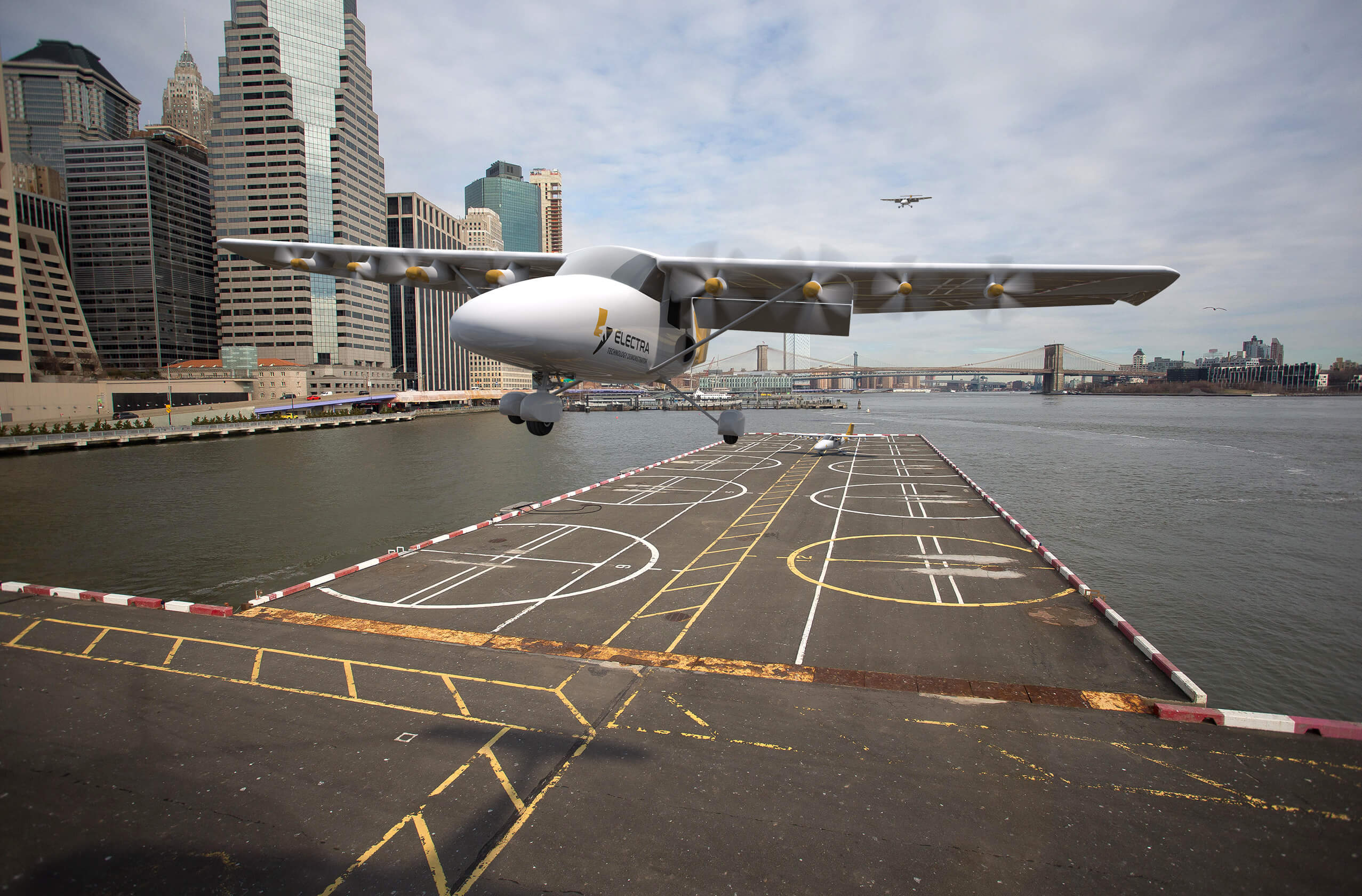Click Here to View This Page on Production Frontend
Click Here to Export Node Content
Click Here to View Printer-Friendly Version (Raw Backend)
Note: front-end display has links to styled print versions.
Content Node ID: 419170
Electra this week confirmed that it has started working directly with the FAA to certify its hybrid-electric eSTOL aircraft under Part 23 rules. In July, the Virginia-based company recruited Randy Griffith as director of certification, and he is leading engagement with both the FAA’s Center for Emerging Concepts and Innovation (CECI) and its Atlanta Aircraft Certification Office.
The company is aiming to complete certification in 2026 under the 14 CFR Part 23 rules covering multi-engine, Level 3, low-speed (less than 250 knots) aircraft. The unnamed eSTOL design will be operated by a single pilot and carry up to seven passengers or freight on trips of up to around 500 miles. Electra’s goal is that it will be able to take off and land from just 150 feet of runway.
Acceptance into CECI’s early-engagement program is a key step for new aircraft programs, starting the process through which the FAA and a company’s engineering team can evaluate certification considerations, such as any special conditions that might apply, as well as technical equivalences, exemptions, and unique means of compliance. The process also involves defining a project-specific certification plan and a compliance checklist.
Electra’s aircraft will feature a 150 kW turbogenerator that powers the eight electric motors and propellers installed along the wing, as well as recharging its batteries inflight. The company intends to start flight testing a full-scale technology demonstrator with two seats in 2022.
Griffith joined Electra from supersonic aircraft developer Aerion, which collapsed in May due to lack of funding. Electra previously had a partnership agreement with Aerion to use its eSTOL aircraft to carry passengers to and from long-haul supersonic flights. The aerospace engineer had previously held certification management roles with aircraft manufacturers including Zunum, Mooney, Honda Aircraft, and Eclipse.
“The certification of any aircraft must be treated with great respect to exceed expectations of the public’s trust in the aircraft OEM and the regulator,” said Electra program manager JP Stewart. “The key to a cost- and time-efficient certification is the engagement of stakeholders to identify and mitigate risks while changes to improve safety can be efficiently made. We’ve started the engagement early in the design and look forward to working with the FAA and other stakeholders to develop the safest aircraft in this class.”
